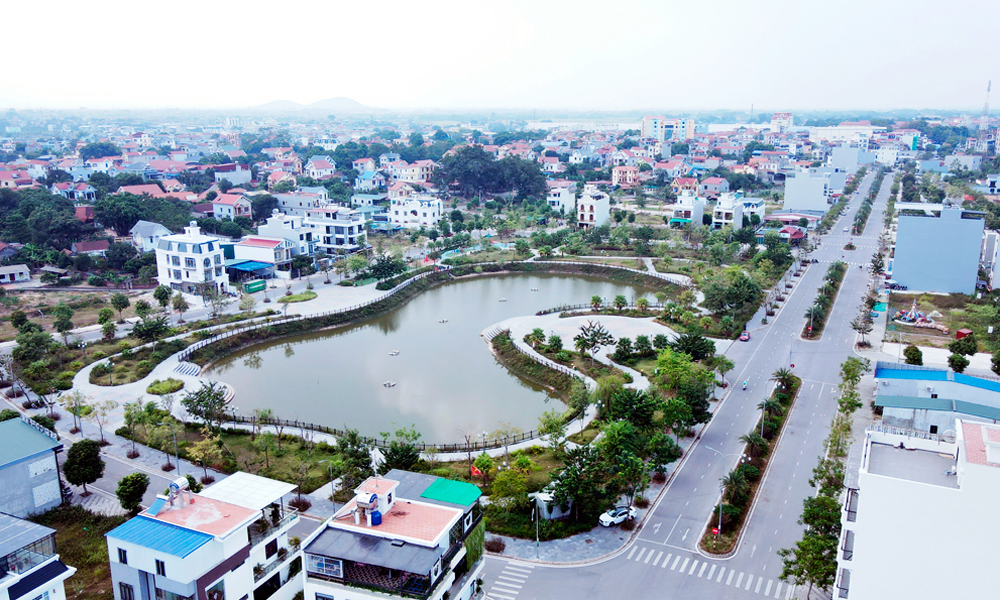Three Vietnamese universities in Asia's top 200
For the 16th edition of the QS World University Rankings: Asia 2024, released this week, Duy Tan University in Da Nang was ranked 115th while Ton Duc Thang University in HCMC arrives at the 138th position and Vietnam National University, Hanoi is placed 187th.
 |
|
Duy Tan University in Da Nang. |
Duy Tan rose 30 spots from last year while Ton Duc Thang stayed the same position and VNU Hanoi dropped 25 places.
For this year’s ranking, 15 Vietnamese schools made it to the list, with Vietnam National University Ho Chi Minh City staying at 220, Nguyen Tat Thanh University in HCMC in the group of 291-300, and University of Economics Ho Chi Minh City in 301-350.
Hue University came in 351-400, Hanoi University of Science and Technology 401-450, Ho Chi Minh City University of Technology and Education 401-450, University of Da Nang 501-550, Can Tho University 651-700, Hanoi’s University of Transport and Communications 651-700, HCMC’s Van Lang University 701-750, Industrial University of Ho Chi Minh City 751-800, and Hanoi National University of Education 801+.
Among them, four schools broke into the list for the first time: Nguyen Tat Thanh University, Ho Chi Minh City Technical Education, University of Transport and Communications, and Van Lang.
This year, 856 institutions were showcased from 25 countries and territories.
India is now the most represented higher education system, with 148 featured universities, followed by China with 133 and Japan with 96.
China’s Peking University tops the rankings as the region’s best university, followed by The University of Hong Kong, and the National University of Singapore.
QS Vice President Ben Sowter said: "This year’s ranking is the largest ever, featuring a record number of Asian universities. Not only does this reflect a flourishing and intensely competitive higher education ecosystem but facilitates ever more granular analysis of its institutions, allowing informed selection by students and targeted improvements by the region’s university leaders and policymakers."
The 11 indicators employed in compiling the QS Asia University Rankings encompass academic reputation, employer reputation, faculty-student ratio, international research network, citations per paper, papers per faculty, staff with a PhD, proportion of international faculty, proportion of international students, proportion of inbound exchange students, and proportion of outbound exchange students.
Source: VnExpress
 Bắc giang
Bắc giang













Reader's comments (0)